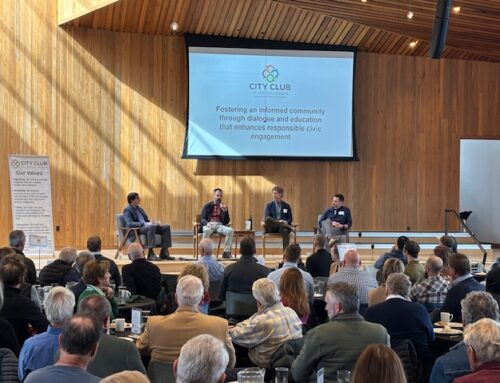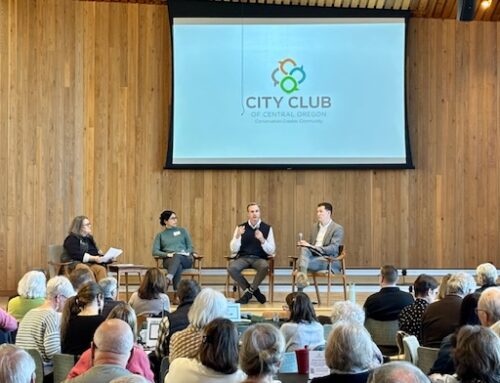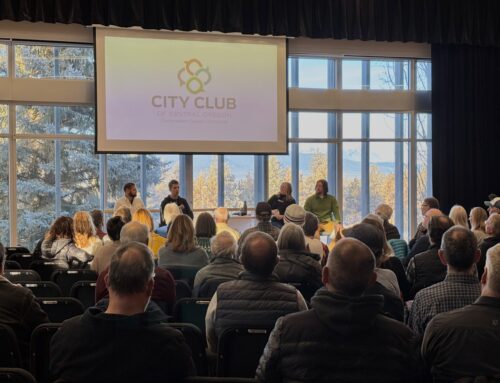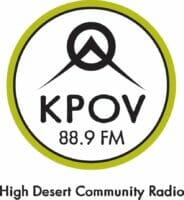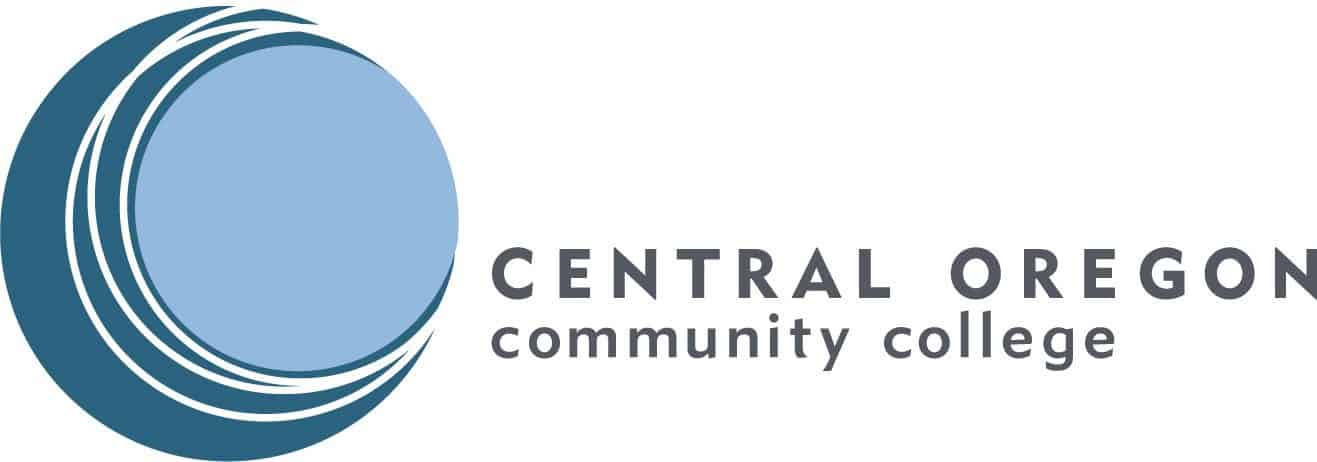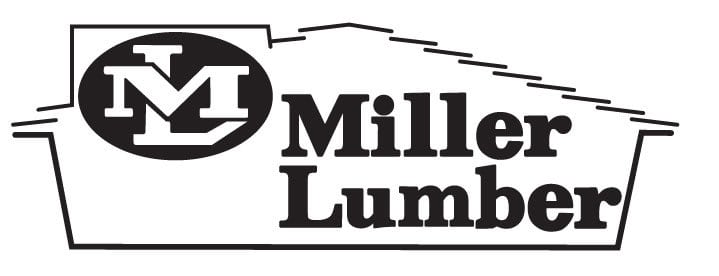LISTEN TO THE AUDIO
June 20, 2024
On Thursday, June 20th, the City Club of Central Oregon hosted “How Wildfire Decisions are Made.” This forum highlighted the intricate decision-making processes that come into play when wildfires ignite, with a focus on the proactive, collaborative strategies employed by local management agencies.
When a wildfire occurs, the initial steps involve assessing the situation, gathering information about the vegetation burning, the fire’s spread, and the resources required for suppression. Fires are categorized by size and complexity, ranging from Type 4 and 5 (small fires) to Type 1 and 2 (complex incidents requiring extensive resources).
Responding to these fires requires a coordinated approach in Central Oregon’s checkerboard of various land ownership. Central Oregon Fire Management Service Divisions include over 17 different fire agreements that empower agencies to work in close cooperation to ensure the safety and protection of people, property and resources.
City Club’s panel, which was moderated by Jessica Neujahr of the Oregon Department of Forestry, included Kevin Moriarty, Deschutes County Forester; Shawn Jaca, Central Oregon Fire Management, US Forest Service; Trey Leonard, Confederated Tribes of Warm Springs; and James Osborne, BLM Fire Management Officer, Prineville District Bureau of Land Management and Central Oregon Fire Management Service.
These speakers spoke to the importance of working together to proactively manage the land and respond to fires. Their effectiveness in swiftly responding to calls is a top priority and maintaining strong lines of communication is key to their success. The public is typically aware of only about 3% of all fires because the remaining 97% are swiftly contained.
James Osborne emphasized the unique collaborative model, known as “The Central Oregon Way,” saying, “We work together to manage each other’s districts and ensure we don’t have fire trucks passing each other going to different fires.”.
In addition to responding to fires, the panelists spoke to the importance of controlled burns in protecting land and communities from the devastating impacts of wildfires. The natural fire cycle, or fire return interval, can vary from 2 to 125 years based on the type of fuel found in a particular area. Proactive measures, such as prescribed burns closer to communities, help mitigate the intensity and potential damage of future wildfires.
Kevin Moriarty stressed the importance of community support in being good stewards of the land and his desire to see more defensible space compliance by private landowners. He explained, “BLM, as land managers, are here to protect land resources but we need communities to participate.”
The proactive strategies and shared resources discussed by our panelists underscore the importance of public engagement and interagency cooperation in safeguarding the people, land and resources in Central Oregon. Thank you to all the speakers, sponsors, and attendees for your contributions to this crucial conversation.
Speakers:
- Kevin Moriarty, Deschutes County Forester
- Shawn Jaca, Central Oregon Fire Management, US Forest Service
- Trey Leonard, Confederated Tribes of Warm Springs
- James Osborne, BLM Fire Management Officer, Prineville District Bureau of Land Management and Central Oregon Fire Management Service
- Moderated by: Jessica Neujahr, Oregon Department of Forestry
Resources from the forum:
- Slides
- National Interagency Fire Center
- National Wildfire Coordinating Group
- Incident Response Pocket Guide (IRPG)
- Northwest Interagency Coordination Center
- Central Oregon Fire Management Service
- Central Oregon Fire Prevention Coop
If you enjoy our forums, please consider making a donation by clicking here.

